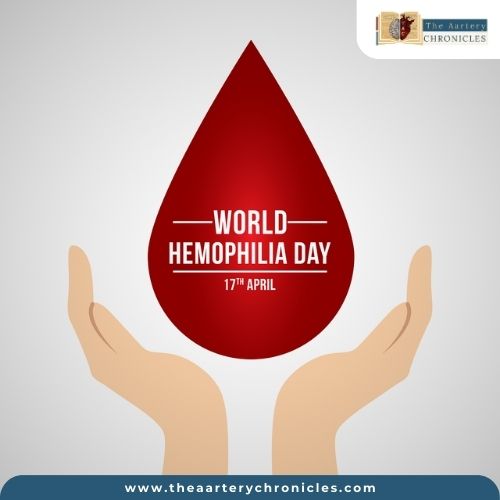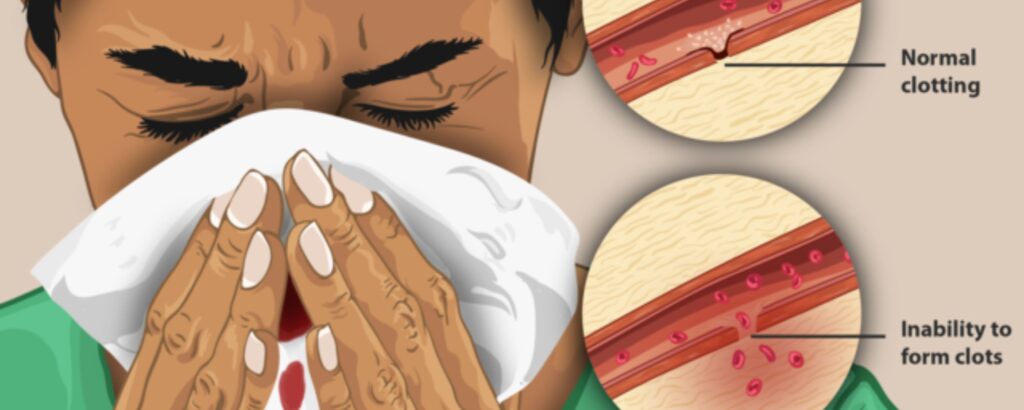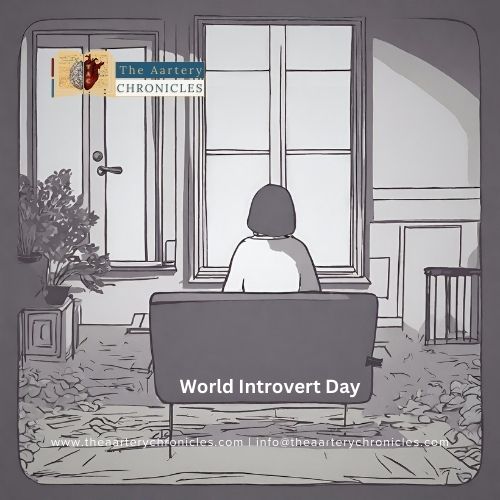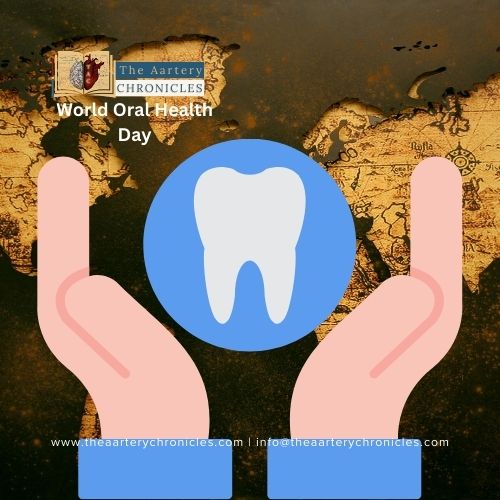

Understanding Hemophilia: Causes, Symptoms, and Treatment Options
Every year on April 17th, World Hemophilia Day is observed to raise awareness about hemophilia and other bleeding disorders. Hemophilia is a rare genetic disorder impacting the blood’s clotting function, resulting in prolonged bleeding episodes and increased susceptibility to bruising. This comprehensive guide aims to shed light on the causes, symptoms, diagnosis, and treatment options available for individuals living with hemophilia.
What is Hemophilia?
Hemophilia is a hereditary bleeding disorder characterized by a deficiency or absence of clotting factors in the blood.
Clotting factors refer to essential proteins crucial for the formation of blood clots, which help to stop bleeding following injury to a blood vessel. Hemophilia manifests in various forms, with Hemophilia A (Classic Hemophilia) and Hemophilia B (Christmas Disease) being the most prevalent.
- Hemophilia A: The deficiency or reduction of clotting factor VIII is responsible.
- Hemophilia B: The deficiency or reduction of clotting factor IX is the primary cause
What are the Causes of Hemophilia?
Hemophilia results from genetic mutations that disrupt the production or function of clotting factors. It follows an X-linked recessive pattern, predominantly impacting males. Females can carry the gene mutation, potentially exhibiting mild symptoms or remaining asymptomatic carriers. In rare instances, hemophilia may arise from spontaneous genetic mutations

What are the Symptoms of Hemophilia?
The severity of hemophilia symptoms can vary depending on the level of clotting factor present in the blood. Common signs and symptoms of hemophilia include:
- Prolonged bleeding after injuries, surgeries, or dental procedures
- Easy bruising and frequent nosebleeds
- Bleeding into joints (hemarthrosis), leading to pain, swelling, and limited mobility
- Blood in urine or stool
- Excessive bleeding from minor cuts or abrasions
- Bleeding into the brain (intracranial hemorrhage), which can be life-threatening
Diagnosis of Hemophilia
Hemophilia is diagnosed through blood tests to measure clotting factor levels and assess blood clotting function. Genetic testing may also be performed to identify specific gene mutations associated with hemophilia. Additionally, a detailed medical history and thorough physical examination can help evaluate symptoms and assess the severity of the condition.
Treatment Options for Hemophilia
While there is no cure for hemophilia, various treatment options are available to manage symptoms and prevent complications. These may include:
- Replacement therapy: Infusion of clotting factor concentrates to restore normal clotting function.
- Prophylactic treatment: Regular administration of clotting factor concentrates to prevent bleeding episodes.
- On-demand treatment: Administration of clotting factor concentrates as needed to control bleeding episodes.
- Desmopressin (DDAVP) therapy: DDAVP stimulates the release of von Willebrand factor, a protein involved in blood clotting.
- Gene therapy: Emerging treatment approach aimed at correcting the underlying genetic defect responsible for hemophilia.
- Physical therapy: Exercises and joint protection techniques to improve joint function and prevent complications from hemarthrosis.
Living with Hemophilia
Living with hemophilia requires careful management and monitoring to prevent bleeding episodes and minimize the risk of complications. Individuals with hemophilia and their families should:
- Follow a personalized treatment plan developed in collaboration with healthcare providers.
- Practice joint protection techniques and avoid activities that may increase the risk of injury.
- Attend regular medical appointments to monitor clotting factor levels and overall health.
- Educate themselves about hemophilia and advocate for access to comprehensive care and treatment options.
- Seek support from patient advocacy groups and connect with others living with hemophilia for emotional support and guidance.
Conclusion
Hemophilia is a complex genetic disorder that requires lifelong management and support. Through increased awareness, education, and access to comprehensive care, individuals with hemophilia can lead fulfilling lives and minimize the impact of the condition on their health and well-being. On World Hemophilia Day and beyond, let us continue to advocate for the needs of the hemophilia community and work towards a future free from the limitations imposed by bleeding disorders.

TAC Desk
- Medicine
- Nutrition And Diet












